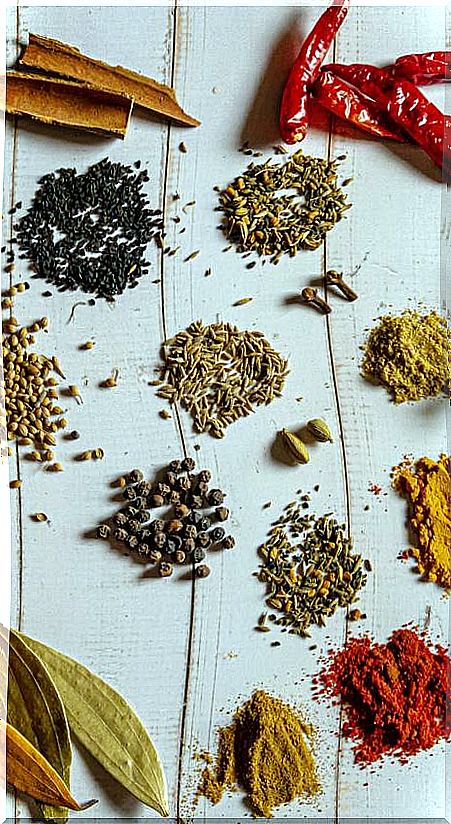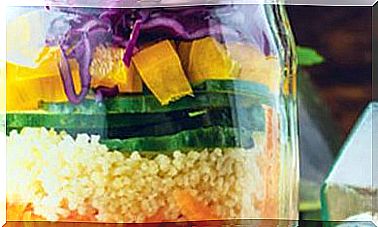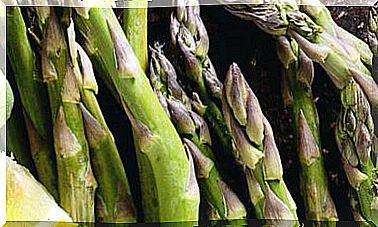The 7 Most Important Ayurvedic Spices And How To Use Them
The spices used in Indian cuisine give dishes strong aromas and at the same time make them easier to digest and produce other health effects . We present you seven spices and show you how you can use them.

Spices are a central part of the Ayurvedic diet due to the benefits of each of them on health. In particular, they have a positive effect on the digestive system, but they also support other organs, mobilize energy, sharpen the senses, and promote mental clarity. Next, we present in more detail the most important Ayurvedic spices and their characteristics and uses.
7 Ayurvedic spices: properties and uses
1. Turmeric
Due to its healing properties, turmeric is considered a superfood throughout the world. Along with green tea, it is probably the food with the most published scientific studies. It has notes of spicy and bitter taste and, according to Ayurveda, it has a warm energetic quality.
Due to curcumin, its most important active ingredient, and the essential oils it contains , turmeric can help with digestive problems such as gas or bloating. In addition, it has an anti-inflammatory and anti-cancer effect.
If you want to try turmeric , you can use it as an ingredient in the curry mix or add it to soups and sauces. Another way to take it is by preparing a golden milk.
It is advisable to take it together with black pepper and olive oil to multiply its assimilation by the body.
2. Fennel
You can use not only the entire fennel bulb, but also its seeds. These are also among the classics among Ayurvedic spices. They have a slightly sweet taste and develop bitter and spicy undertones when chewed. They are especially known for their calming effects on digestion.
The essential oils contained in fennel seeds stimulate intestinal activity and have an analgesic and antispasmodic effect. Therefore, you can use them as a natural remedy for constipation, gas and bloating, for example. Thanks to its expectorant effect, fennel seeds can also relieve cold symptoms.
It is a typical Ayurvedic ritual to chew some fennel seeds (usually mixed with other spices) after eating to promote digestion. This method should also help with nausea. You can also use fennel seeds to flavor soups, stews, and sauteed vegetables, or sprinkle them over salads as a topping.
3. Cardamom
Cardamom is an ingredient in Indian pastries and desserts due to its sweet and spicy taste. It is also added to coffee or chai teas. Like many other Ayurvedic spices, cardamom owes its slightly acidic flavor to a blend of essential oils.
It has a calming effect on the gastrointestinal tract and loosens mucus in the case of colds. In addition, it improves the mood.
4. Cinnamon
In Ayurvedic cuisine, cinnamon in a variety of sweet and savory dishes. You can use it to make hot infusions, mueslis for breakfast, cakes and desserts richer and healthier. Baked vegetables, soups, and rice dishes also benefit from this Ayurvedic spice, giving them an interesting flavor note. And it can be used to replace sugar, totally or in part.
Like almost all Ayurvedic spices, cinnamon also prevents digestive problems by stimulating the appetite and aiding in digestion. There is also evidence that cinnamon helps lower blood sugar levels (along with a diet with no added sugar, rich in fiber, and nutritionally balanced).
5. Cumin
As an Ayurvedic spice, cumin is particularly suitable for hearty dishes, such as hot, hearty soups, rice dishes, and curries, which will digest much better. Cumin is particularly known as an ingredient in hummus. You can also use it for many other sauces and as an ingredient in breads and rolls
There is also evidence that it reduces stress and improves our memory. However, to benefit from these effects, we would have to consume above-average amounts every day.
6. Coriander
Opinions are divided when it comes to cilantro. Some love its sweet, spicy, and slightly bitter taste. For others, the Ayurvedic spice has too strong a soapy taste. If you are not used to the spice, you should use it sparingly at first.
- When fresh, green coriander is especially suitable as a salad dressing and rice dishes. You can also use it to make a pesto or sauce.
- When dried, you can use it like many Ayurvedic spices for soups, curries, and baked vegetables.
Coriander can also ease stomach cramps and prevent gastrointestinal upset. The essential oil contained in coriander fights bacteria and fungi.
In Ayurvedic tradition, it is also used as a remedy for acne, skin rashes, or bladder infections.
7. Mustard seeds
In Ayurvedic cuisine, mustard seeds are used as a base for curry pastes and sauces. Their spicy flavor makes them an alternative to onion and garlic. You can use this Ayurvedic spice to refine sauces or use it as a base to make mustard yourself.
Mustard seeds can also stimulate digestion. As an Ayurvedic spice, it also counteracts migraines and fights muscle pain.









